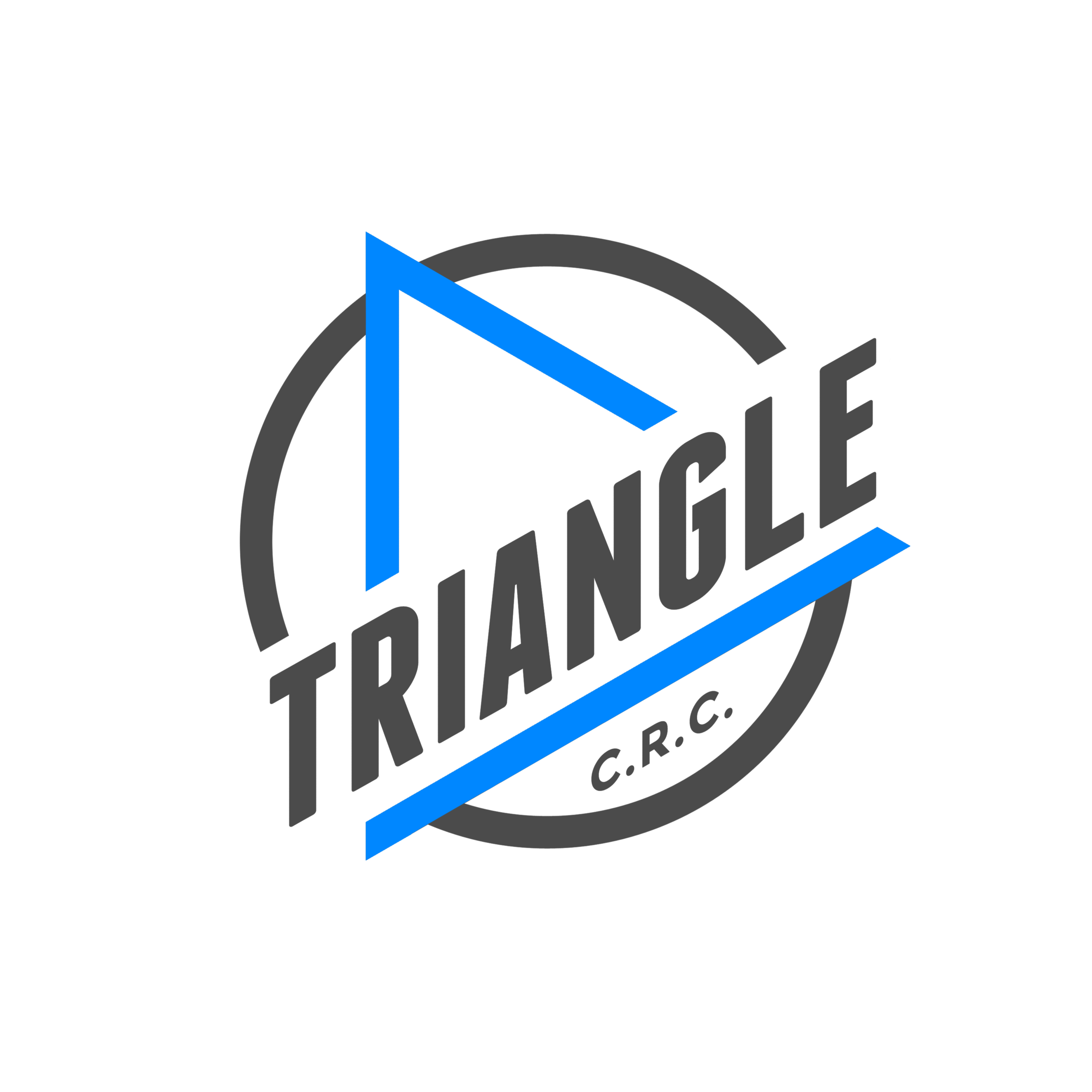CHIROPRACTIC CARE FOR NECK PAIN?
Neck pain is extremely common. Whether you’ve slept wrong, strained your neck doing physical activity, or have constant aches and pains while sitting at work, the end result is the same. There’s a reason why things that are less than ideal are referred to as a pain in the neck (in the G-rated version, of course). You need functional movement in your cervical spine (neck) to check your blind spot, eat, drink, confirm or deny a request, and to look less like a robot when communicating with peers and colleagues.
What causes neck pain?
Some neck pain is confined to the area below the hairline and above the shoulders, but other neck pain extends much further and radiates into the shoulders, arms, and even hands and fingers. In fact, multiple cases of radiating neck pain have been misdiagnosed as carpal tunnel syndrome. Radiating pain is most often caused by cervical disc derangements.
A disc derangement is an injury that occurs to a disc wherein the central portion of the disc (the nucleus pulposus) pushes out of its anatomical position through the outside portion of the disc (the annulus fibrosus). Once the nucleus reaches the outer portion of the annulus, we begin to feel pain. Oftentimes at the onset of neck pain from a derangement, pain is confined strictly to the neck, but gradually will radiate into the shoulders, upper back, arms, forearms, hands, and fingers.
The majority of cervical derangements occur at the C5-C6 or C6-C7 disc levels. These levels radiate into the shoulder, bicep, forearm, and/or thumb and forefinger. The most likely reasoning for the increased number of derangments at these levels is due to the invention of the desk jockey. Spending the majority of the day seated leads to poor posture. When the upper back slumps, the shoulders become rounded forward, and the head drops. In order to be able to maintain sight, the head is picked up until the eyes are level with the horizon. This position encourages excessive movement at the C5-6, C6-7 vertebral levels, as the lower cervical/upper thoracic joints (C7-T1, T1-T2) are incapable of movement. Prolonging this position for eight or more hours per day worsens the issue. Excessive movement between the C5-C7 joints begins to irritate the discs between those vertebrae, which eventually leads to disc derangements.
Neck Pain Treatment
If symptoms reach a point where any pain has left the neck and migrated into the shoulders or further into the upper extremity, seek attention from a skilled practitioner as soon as possible. These can be indicative of nerve impingement, which leads to decreased sensation and loss of motor strength and reflexes. One of the most renowned methods for treating disc derangements is the McKenzie mechanical diagnosis and treatment method, which is how Triangle Chiropractic and Rehabilitation addresses radiating neck pain. Rather than immediately seeking drugs or surgical intervention, give conservative manual therapy a try and contact us at our Raleigh, NC office today!

